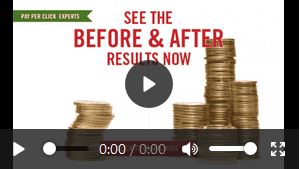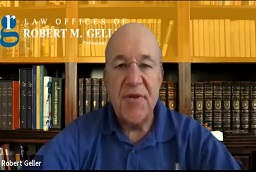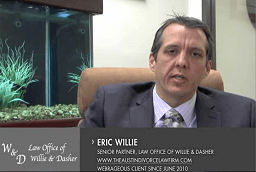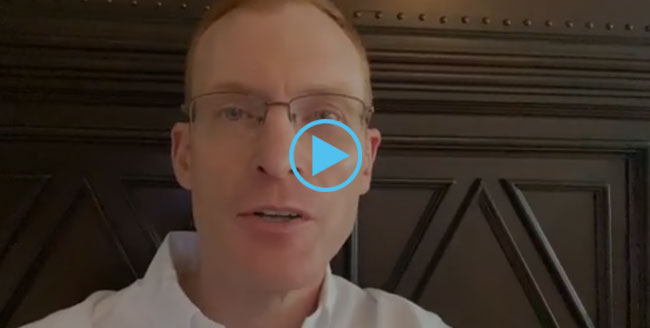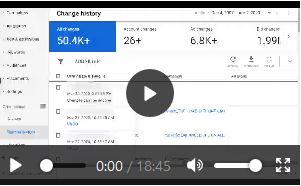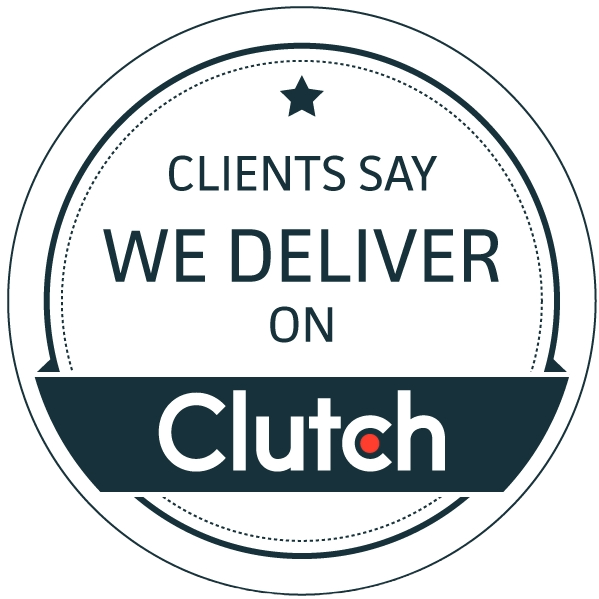
Jeff Sauer
Table of Contents
If you’re still struggling with your CTA
- Dynamic Ads aren’t a good idea if you’re still in the exploratory stages of your campaign. If you don’t have a strong set of negative keywords or other exclusion criteria then you’re going to spend a lot of the budget creating some very strange headlines as you learn what people are actually looking for.
- Dynamic Ads aren’t worth the effort if you’re working within an industry that doesn’t have much variation. While 15 percent of Google searches are new and never seen before, it’s probably safe to say that if someone is looking for a local pool cleaning company most of the worthwhile search variations are known.
- Dynamic Ads aren’t a good idea if you’re still struggling with your CTA. As advertisers, we want people to take some kind of action, so a strong CTA is critical. Some dynamic ads just mimic what the person searched without asking them to do anything. That’s just bad marketing.
Most businesses don’t consider it at all
When considering whether or not to use Dynamic Search Ads, most businesses don’t consider it at all. Why not use an AI to do all the work for you? There are a few reasons you may not want to use DSAs because they can have an overall negative effect.
DSAs are built based on the landing page to which you are sending potential customers. Google builds a list of keywords based on the page itself. If your content on that page is not already optimized for your desired keywords, Google will use a broader, or even smaller, set of keywords that will most likely reach an undesired audience. Why is this important? Because you are paying for every click to your landing page.
DSAs can also often be served to anyone in the sales funnel process. A customized search campaign can be set up with targeted keywords to be served to users at specific points in the sales process. This way, you are capturing the leads you want in a way that matters.

April Obeidzinski

Jayant Nandan
Sometimes dynamic search ads might not be good.
Dynamic Ads in Google ads are one of the finest examples of using AI-based technology to do the advertising.
Dynamic Search Ads are ads that show up based on on-site content, rather than keywords. Google crawls the website and pulls the content. After Google analyzed the site content, it automatically generates headlines and landing pages to match it. Dynamic ads are personalized ads based on the search terms input by the consumer. This makes them more precise and relevant to the visitor searching.
Sometimes dynamic search ads might not be good.
1. Dynamic search ads do not give full control over the ad; you don’t have full command over which type of queries are matched to and served.

Need Google Ads Management Help?
Free Google Ads account review for
qualified clients
Almost 20 years experience
2. Headlines might not match with the ads: The headlines generated are based on website content from the feed.
3. It is low-performing Search Queries that might eat all your ad budget before the best converting keywords are searched.
4. Landing page copy not optimized and low-quality content: As the headlines are generated from webpage content, if the content is not much and not optimized, it might not generate good headlines.
If they are not created very carefully
Dynamic PPC Ads are typically not a good idea when you want a high level of control over your ads. As an example, you may want to show a very specific, image plus message combination, and serve that exact combination to a highly targeted audience using a specific query. This is more difficult to achieve with dynamic ads. Because of the variability within a dynamic search ad, if they are not created very carefully, they can have a tendency to feel “generic” or certain elements of the ad may feel poorly matched to the search intent. In these cases, your one opportunity to hook a customer with a good first impression can be lost.

Jessica Mason

David Eberst
David Eberst is the co-founder of the Mustbuy GmbH from Hamburg, Germany. Mustbuy is widely known for the massage products brand NAIPO, which accounts for a big chunk of its growth to PPC Marketing.
Dynamic ads aren’t always the best idea for high ticket products:
I’ve experienced that Google will almost exclusively optimize for dynamic ads in most cases and stop showing classic ads altogether. The downside of this is that those ads will lack headlines and descriptions, which might be more compelling to some users than dynamic ads of previously visited products. For example, we offer premium massage chairs (700€ – 8000€) which usually have a far larger conversion window (30-90 days) than our smaller products (starting at 39€).
We observed that we made more sales when retargeting ads that had further or updated benefits attached to the ad. For example, we attached a headline, “The latest 2021 models arrived” and detected more sales from that campaign than the dynamic one.
Furthermore, the dynamic ad format makes it less possible to stand out from competitors since the layout basically stays the same for all advertisers.
I recommend running both. One campaign exclusively for dynamic ads. And one campaign with classic ads that stand out with high-value equipped headlines and good design.
If you are a startup, dynamic ads are not for you.
Big companies always consider dynamic ads for massive websites. Small businesses with small websites may not be able to bear any fruit off of dynamic ads. If you are a startup, dynamic ads are not for you.
Dynamic ads allow Google to drive your ad campaign, and if your target is not fine and your negative keywords are not well-defined, you can end up with very unpredictable results. This leads to a few queries getting more traffic and attention than others, causing an imbalance in your campaign. Negative keywords are of immense importance when running dynamic ads.
Ryan Nieman
This is a crowdsourced article. Contributors are not necessarily affiliated with this website and their statements do not necessarily reflect the opinion of this website, other people, businesses, or other contributors.








